General Information
Aligned Standards
This vetted resource aligns to concepts or skills in these benchmarks.Related Videos

Complex problems require complex plans and training. Get in shape to get things done.
Related Resources:
KROS Pacific Ocean Kayak Journey: GPS Data Set[.XLSX]
KROS Pacific Ocean Kayak Journey: Path Visualization for Google Earth[.KML]
Download the CPALMS Perspectives video student note taking guide.
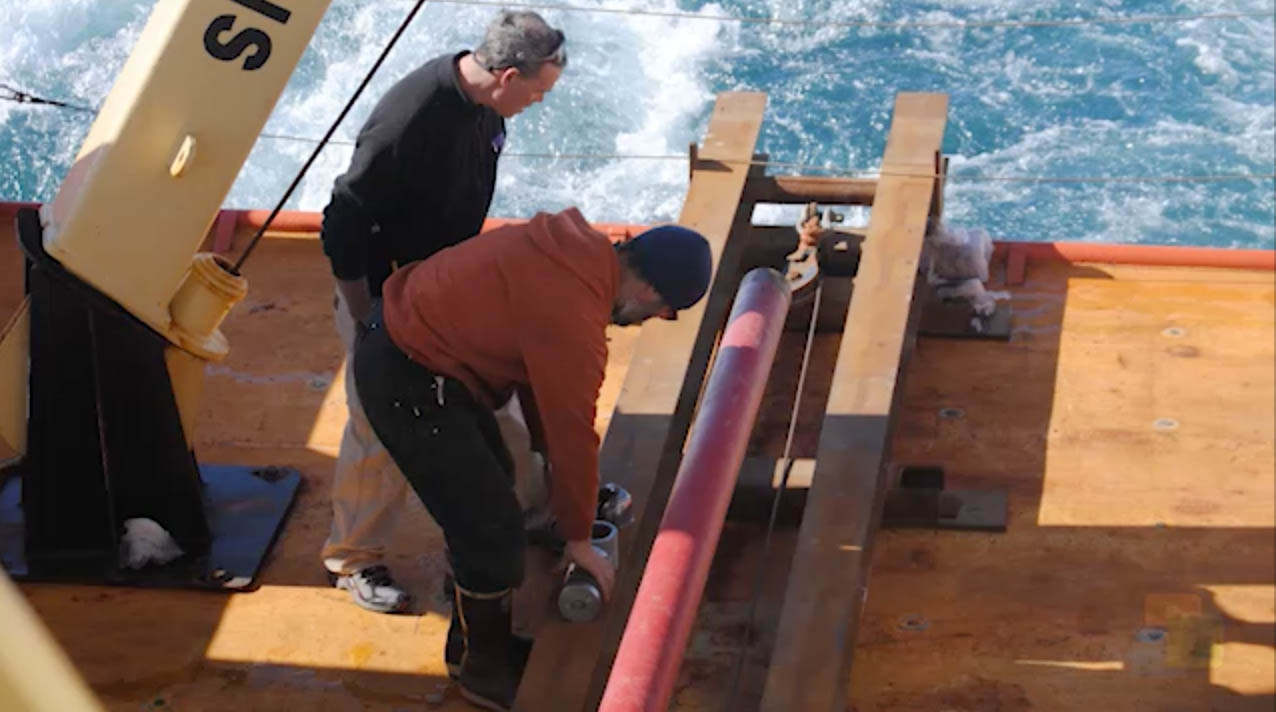
In this video, Eugene Domack explains how past Antarctic ice sheet movement rates allow us to understand sea level changes. Video funded by NSF grant #: OCE-1502753.
Download the CPALMS Perspectives video student note taking guide.
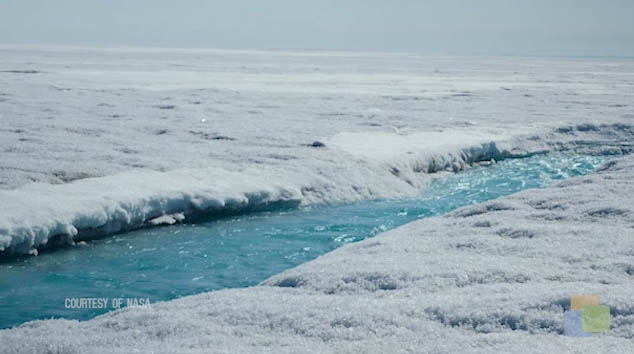
Watch as Don Chambers explains the role of satellites in measuring the mass of ice sheets and the connections between ice sheet mass changes and sea level. Video funded by NSF grant #: OCE-1502753.
Download the CPALMS Perspectives video student note taking guide.

Statistical analysis played an essential role in using microgravity sensors to determine location of caves in Wakulla County.
Download the CPALMS Perspectives video student note taking guide.
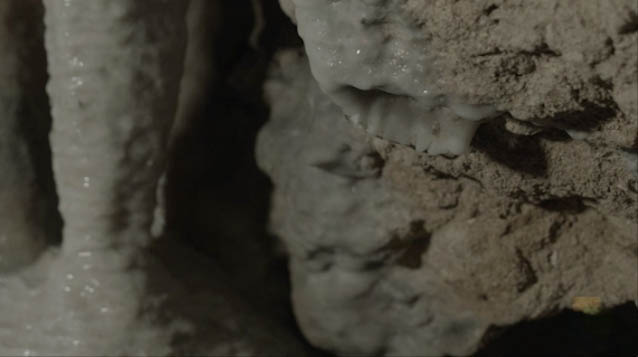
How long does it take to form speleothems in the caves at Florida Caverns State Parks?
Download the CPALMS Perspectives video student note taking guide.
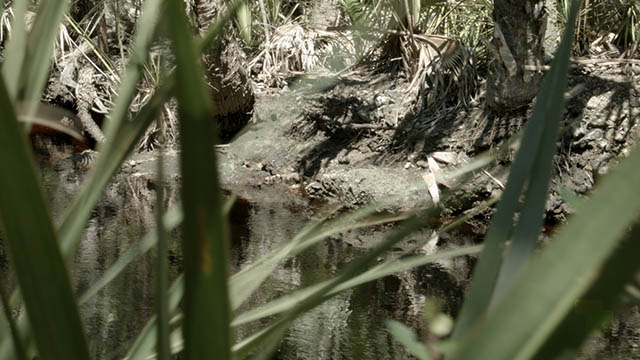
Geologist Harley Means discusses the characteristics of karst geology.
Download the CPALMS Perspectives video student note taking guide.
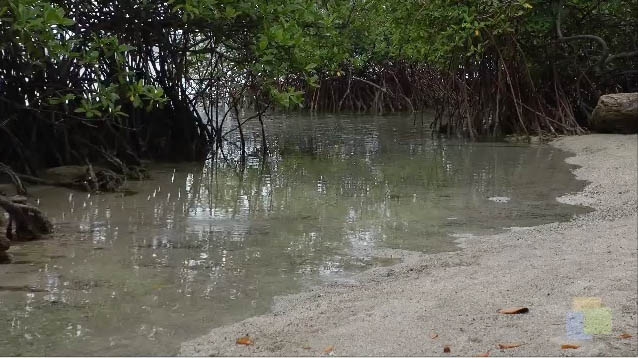
Christopher Williams discusses the different types of coastlines that are found in Florida.
Download the CPALMS Perspectives video student note taking guide.
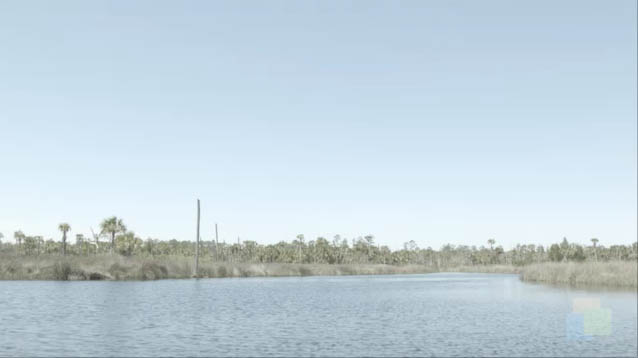
Christopher Williams, Coastal Geologist, talks about the characteristics of coastlines.
Download the CPALMS Perspectives video student note taking guide.

Immerse yourself in deep-sea geology to learn more about naturally-occurring oil seeps.
Download the CPALMS Perspectives video student note taking guide.

Break new ground when you try this earth science lesson idea.
Download the CPALMS Perspectives video student note taking guide.

Coleman Mackie discusses the process of how he salvages pre-cut timbers from the bottom of river beds, the importance of ring density, buoyancy and the uses of the recovered logs.
Download the CPALMS Perspectives video student note taking guide.

Glass artist Russel Scaturro explains how fine control of gas flow aids efforts to minimize his carbon footprint toward a larger goal of environmentally-conscious fabrication methodology.
Download the CPALMS Perspectives video student note taking guide.
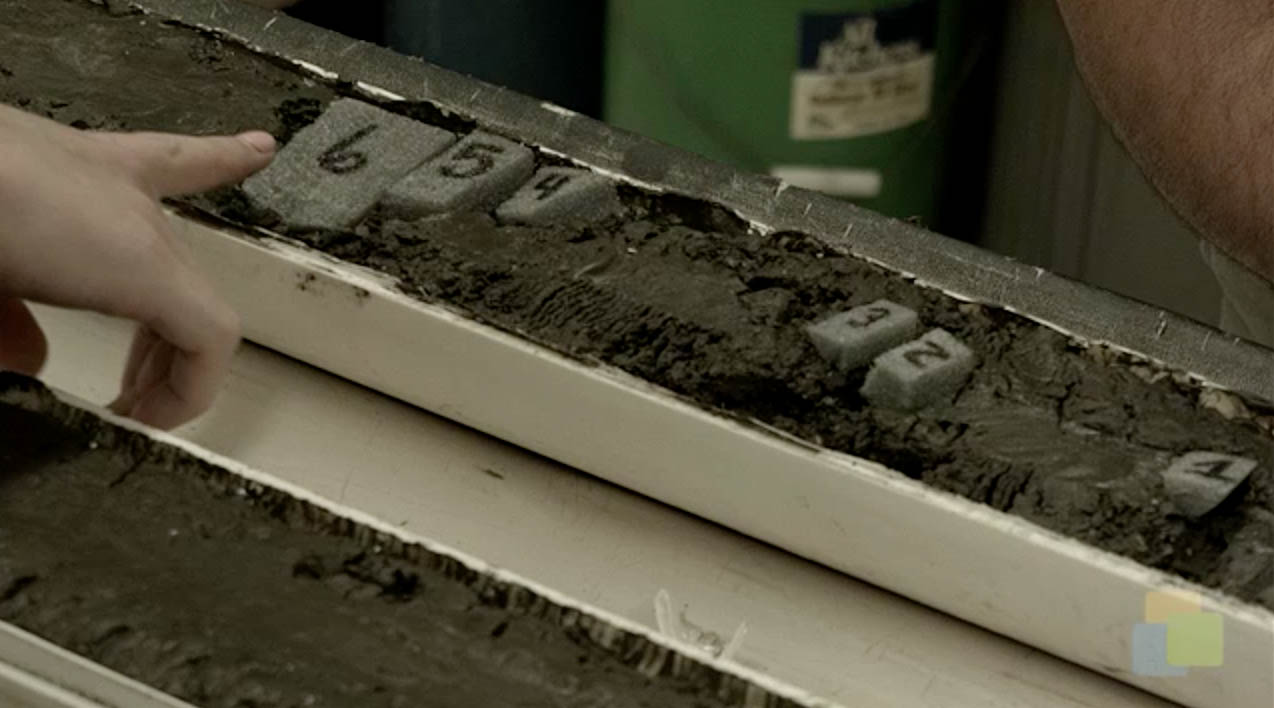
Eugene Domack, a geological oceanographer, describes how sediment cores are collected and used to estimate rates of ice sheet movement in Antarctica. Video funded by NSF grant #: OCE-1502753.
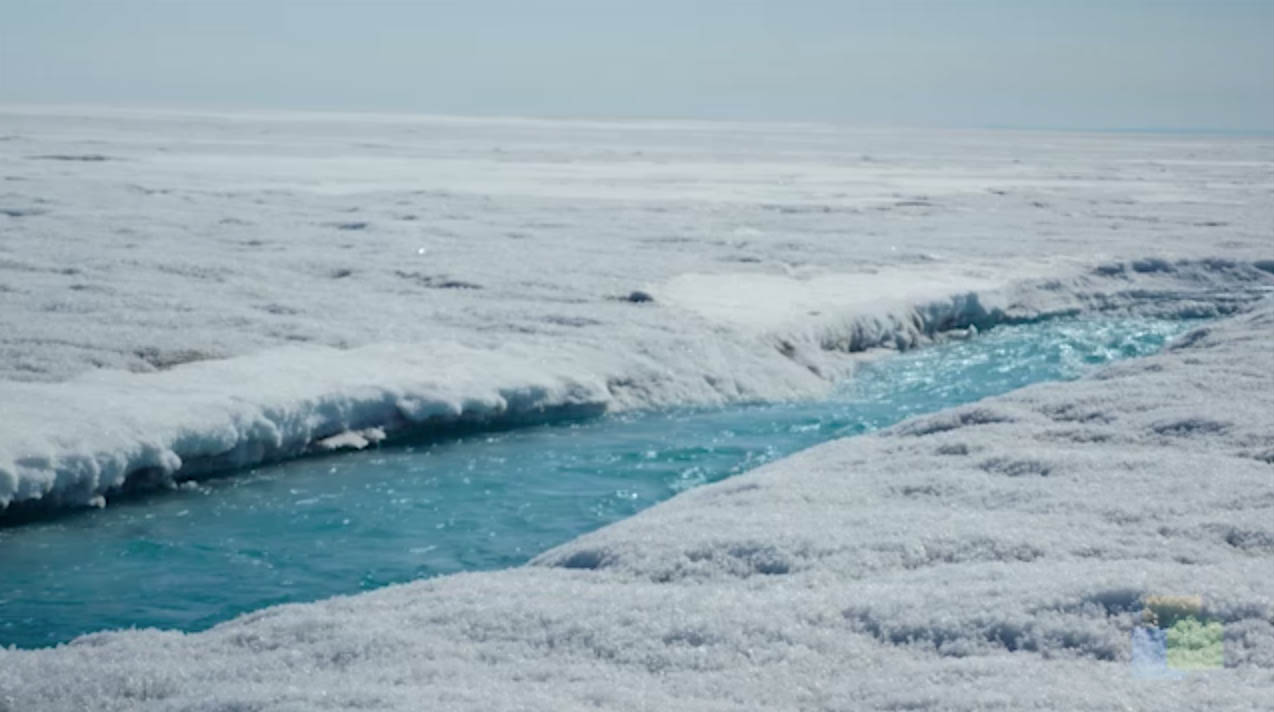
In this video, Brad Rosenheim describes how Louisiana sediment cores are used to estimate sea level changes over the last 10,000 years. Video funded by NSF grant #: OCE-1502753.
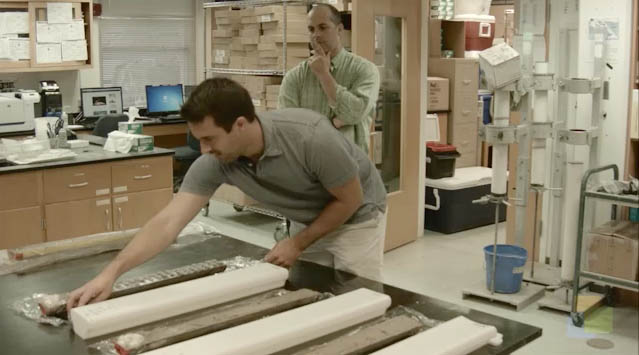
Watch as Brad Rosenheim, a geological oceanographer, explains how modern technology and sampling methods are used for sea level research. Video funded by NSF grant #: OCE-1502753.
Download the CPALMS Perspectives video student note taking guide.

In this video, Don Chambers explains how satellite technology is essential for assessment of sea level changes. Video funded by NSF grant #: OCE-1502753.
Download the CPALMS Perspectives video student note taking guide.
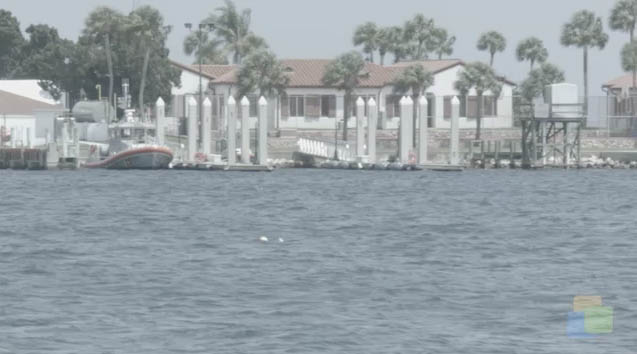
Physical oceanographer Gary Mitchum explains how and why tide gauges and satellites are useful for understanding sea level changes. Video funded by NSF grant #: OCE-1502753.
Download the CPALMS Perspectives video student note taking guide.
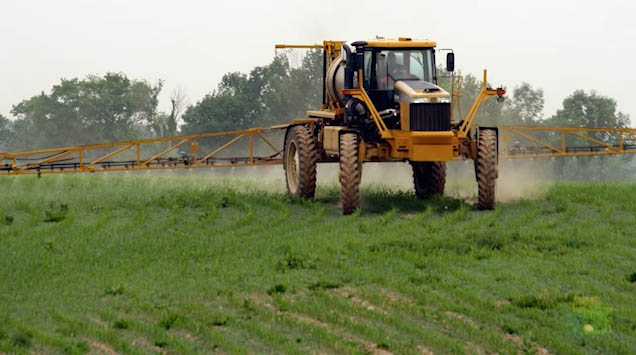
Dean Grubbs explains the ways in which humans can impact the ocean.
Download the CPALMS Perspectives video student note taking guide.
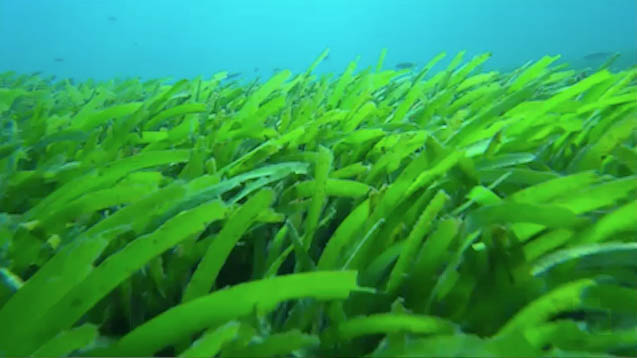
Dean Grubbs discusses where fish populations are found and the ocean features that are present around Florida.
Download the CPALMS Perspectives video student note taking guide.
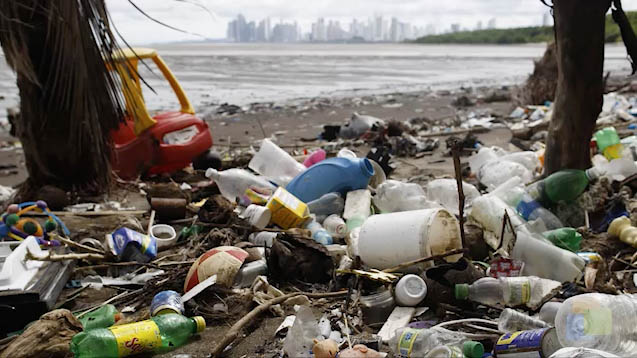
Dean Grubbs explains how different types of trash, like plastics, ends up in the ocean and how they become a detriment to marine life.
Download the CPALMS Perspectives video student note taking guide.
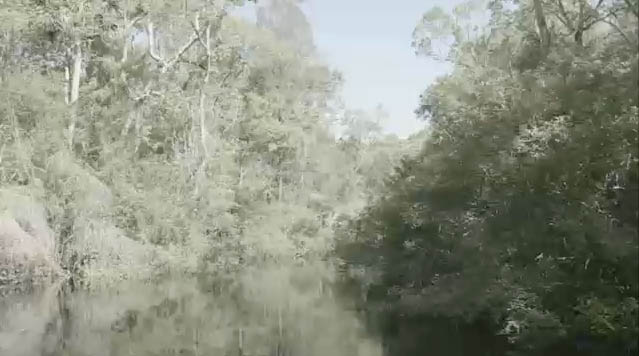
Kent Koptiuch talks about watersheds and water quality.
Download the CPALMS Perspectives video student note taking guide.

Where have you bean? Didn't you know that chocolate is a delicious topic for discussing phase change?
Download the CPALMS Perspectives video student note taking guide.

Under pressure to learn how physics and coffee go together? Watch this espresso video and find out.
Download the CPALMS Perspectives video student note taking guide.

After you watch this video on coffee brewing and physics, let the information percolate.
Download the CPALMS Perspectives video student note taking guide.

Factors to consider when making pottery on the wheel are discussed, but not in a way that would make your head spin.
Download the CPALMS Perspectives video student note taking guide.

Watch as Dr. Simon Capstick drops fruit from a tall building to demonstrate the effect of mass, gravity, and air friction on falling objects.
Download the CPALMS Perspectives video student note taking guide.

Have you ever wanted to fly paper airplanes for fun while learning about the science of flight? Here's your chance! Produced with funding from the Florida Division of Cultural Affairs.
Download the CPALMS Perspectives video student note taking guide.

Let's get rolling and explore the physics behind rolling cars! Make sure you stay on track. Produced with funding from the Florida Division of Cultural Affairs.
Download the CPALMS Perspectives video student note taking guide.

When you watch this video, your knowledge related to flight and physics will really take off!
Download the CPALMS Perspectives video student note taking guide.

We'll be looking at the role of pitch, number of blades and material for outboard motor props as it relates to the propulsion of a boat
Download the CPALMS Perspectives video student note taking guide.

Why can't you put Ethanol fuel in a boat motor?
Download the CPALMS Perspectives video student note taking guide.

Jump to it and learn more about how quadratic equations are used in robot navigation problem solving!

Math is important to help you get where you want to go in life, especially if you plan to fly there!

Can't tell if it's heads or tails with vectors? Try these demos.
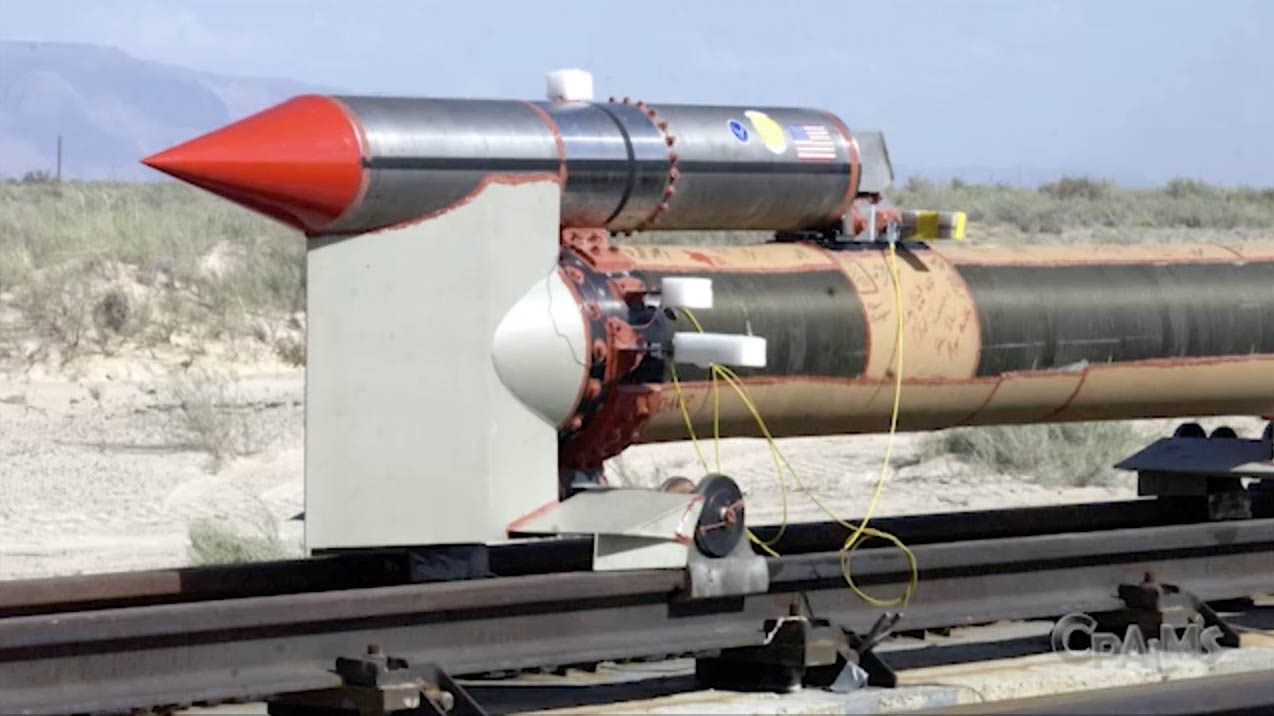
Dr. Betta Jerome, a senior mechanical engineer with the United States Air Force, explains force, motion, and momentum in the context of a military projectile weapons testing environment.
Download the CPALMS Perspectives video student note taking guide.

Senior Airman Jennifer Tisdale explains the role of vectors in management of flight traffic for the United States Air Force.
Download the CPALMS Perspectives video student note taking guide.

What do you do if you don't have room for all your gear on a solo ocean trek? You're gonna need a bigger boat...or pack smarter with math.
Related Resources:
KROS Pacific Ocean Kayak Journey: GPS Data Set[.XLSX]
KROS Pacific Ocean Kayak Journey: Path Visualization for Google Earth[.KML]
Download the CPALMS Perspectives video student note taking guide.

Carbon can take many forms, including foam! Learn more about how geometry and the Monte Carlo Method is important in understanding it.

Did you know that altering computer code can increase 3D printing efficiency? Check it out!
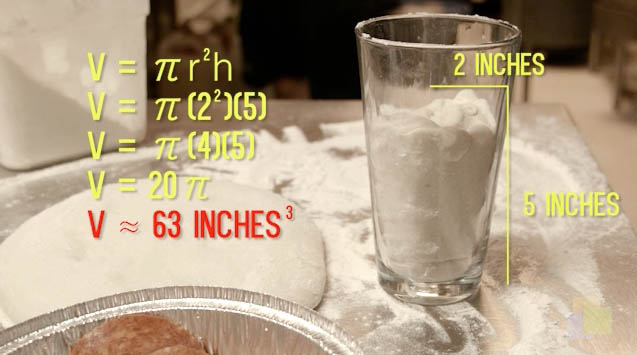
Michael McKinnon of Gaines Street Pies explains how when making pizza the volume is conserved but the surface area changes.

If you want to take things to space, you have to have a place to put them. Just make sure they fit before you send them up.

Set sail with this math teacher as he explains how kites were used for lessons in the classroom.
Related Resources:
KROS Pacific Ocean Kayak Journey: GPS Data Set [.XLSX]
KROS Pacific Ocean Kayak Journey: Path Visualization for Google Earth [.KML]
Download the CPALMS Perspectives video student note taking guide.

You'll need to bring your computer skills and math knowledge to estimate oil volume and rate as it seeps from the ocean floor. Dive in!

Go behind the scenes and learn about science museum exhibits, design constraints, and engineering workflow! Produced with funding from the Florida Division of Cultural Affairs.

Complex 3D shapes are often created using simple 3D primitives! Tune in and shape up as you learn about this application of geometry!

Transform your understanding of 3D modeling when you learn about how shapes are manipulated to arrive at a final 3D printed form!

Dr. David McNutt explains how a simple do-it-yourself quadrat and a transect can be used for ecological sampling to estimate population density in a given area.
Download the CPALMS Perspectives video student note taking guide.

To understand atmospheric and oceanic currents, one needs a well-rounded understanding of geometry and the shape of the Earth.

Mathematics plays a role in what we perceive as beautiful! Learn more about it while you learn about bird photography! Produced with funding from the Florida Division of Cultural Affairs.

See and see far into the future of arts and manufacturing as a technician explains computer numerically controlled (CNC) machining bit by bit.

Don't be a shrinking violet. Learn how uniform scaling is important for candy production.
![Cpalms [Logo]](/images/cpalms_color.png)







